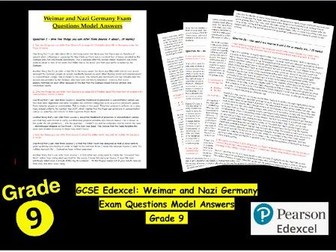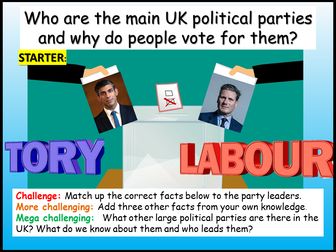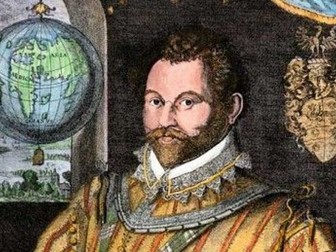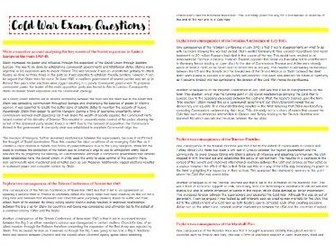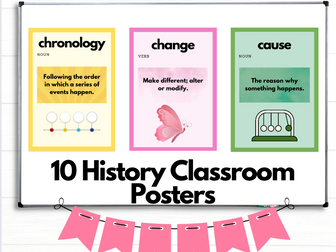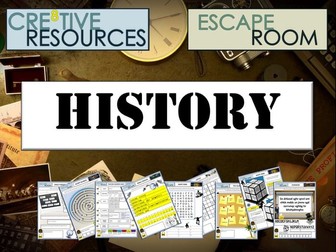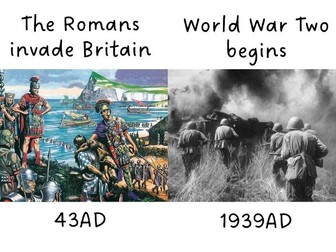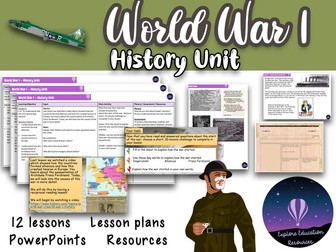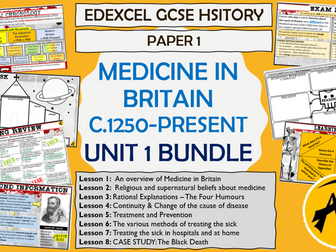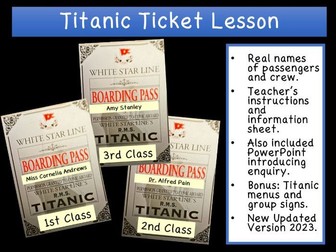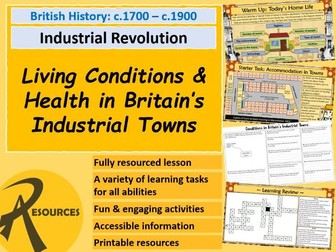
GCSE History Edexcel: Weimar and Nazi Germany Model Answers
GCSE History Edexcel: Weimar and Nazi Germany Exam Questions Model Answers
This document (over 10 pages) contains 14 detailed exam questions and model answers. There is at least 1 model answer for each style of question. This style of question can be found in Paper 3 of Edexcel GCSE History (option 31: Weimar and Nazi Germany 1918-39).
A list of the questions answered are also available in the preview.
Sources are taken from the Pearson (John Child) and Hodder (John Wright & Steve Waugh) textbooks and are NOT included in the download due to copyright.
Students can use these as inspiration to construct their own answers. Ideal for students who have fallen behind on revision or for mock exams.
Written by a straight 9 student with an offer to study at Cambridge, and have been fully corrected by an experienced Examiner and teacher!
Question 1 – Give two things you can infer from Source A about: (4 marks)
life in Germany under the Nazis.
the treatment of prisoners in concentration camps. 4 marks
the Hitler Youth.
the role of women in Nazi Germany.
Question 2 – Explain why: (12 marks)
Nazi propaganda was so effective.
there was so little resistance and opposition to Hitler and the Nazis in Germany in the years 1933-1939.
there was a great reduction in unemployment in Germany between 1933-39?
the Nazi police state was successful between 1933-39.
Question 3a – How useful are Sources B and C for an enquiry into…? (8 marks)
the Hitler Youth?
the attitudes of Germans towards Nazi policies towards women?
the Reich Labour Service?
Question 3b. Study interpretations 1 and 2 They give different views about the threats posed by the extremes towards the Weimar Republic 1919-1923. What is the main difference between these views? (4 marks)
Question 3c.Suggest one reason why interpretations 1 and 2 on p.129 and p.130 of Pearson give different views about the standard of living of German workers in Nazi Germany. (4 marks)
Question 3d. How far do you agree with Interpretation 2 about the threat posed to the Weimar Republic 1919-1923 from the extreme left and right? (20 marks)
We really appreciate feedback on our resources so if you kindly leave a review below, you will be able to claim any resource (up to the value of this resource) from our shop for FREE. Just email simplyrevisable@gmail.com with your username and your chosen resource.
More resources available in my shop!
